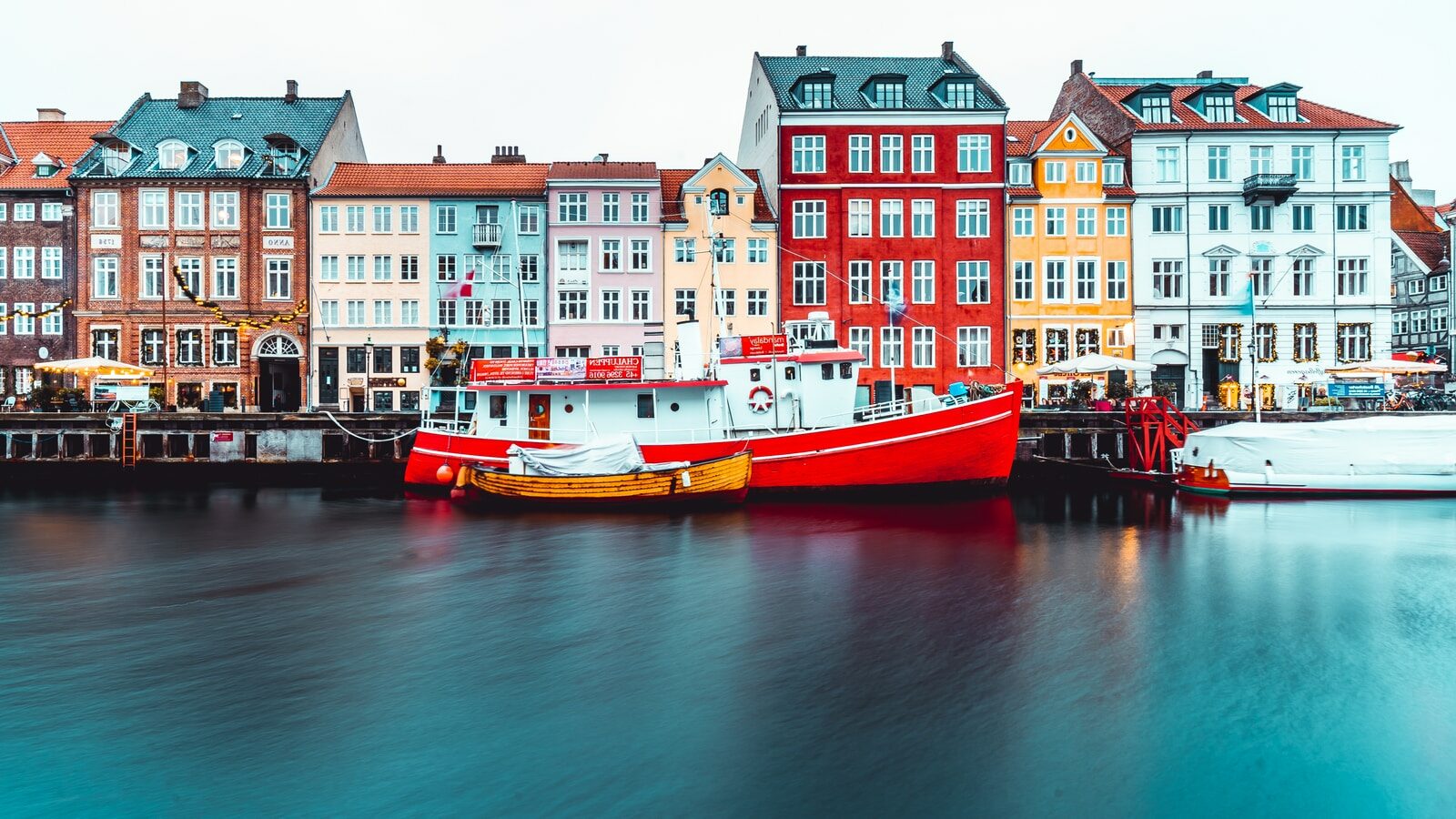
The European Union, also known as the EU, is a unique economic and political union between 27 European countries. Every member state takes part in the founding treaties and the creation of new laws.
The European Union was founded in 1958 and formalized with the Maastricht Treaty in 1993 with the first 12 members. It then built itself year after year with the joining of new members like Croatia in 2013.
Book Your Flight Reservation Now
List of the EU countries
- Austria
- Belgium
- Bulgaria
- Croatia
- Cyprus
- Czech Republic
- Denmark
- Estonia
- Finland
- France
- Germany
- Greece
- Hungary
- Ireland
- Italy
- Latvia
- Lithuania
- Luxembourg
- Malta
- Netherlands
- Poland
- Portugal
- Romania
- Slovakia
- Slovenia
- Spain
- Sweden
In January 2020, the population of the European Union was estimated to be almost 448 million residents.
EU countries are not necessarily Schengen member countries, as well as Schengen member countries are not necessarily members of the European Union.
Countries that are not in the EU
Some countries located in the continent of Europe didn’t join the European Union. Amongst these countries, two of them are potential candidates : Bosnia and Herzegovina and Kosovo ; and five of them are candidates to join the EU : Turkey, Montenegro, Albania, Serbia and North Macedonia. You can find the complete information about Non EU countries in The Complete Guide to a Schengen Visa
Here is a list of the European countries that are not in the European Union :
- Albania
- Andorra
- Armenia
- Azerbaijan
- Belarus
- Bosnia and Herzegovina
- Georgia
- Iceland
- Kosovo
- Liechtenstein
- Moldova
- Monaco
- Montenegro
- North Macedonia
- Norway
- Russia
- San Marino
- Serbia
- Switzerland
- Turkey
- Ukraine
- United Kingdom
- Vatican City
Book Your Flight Reservation Now
EU countries in detail
Austria
Austria joined the EU in 1995 and the Schengen zone the same year.
- Capital : Vienna
- Official language : German
- Population : 8 793 370 residents / 1,7 % of the EU countries population
- Currency : Euro (€)
- Number of seats in the European parliament : 18
Belgium
Belgium joined the EU in 1958 and the Schengen zone in 1985.
- Capital : Brussels
- Official languages : German, Dutch and French
- Population : 11,46 million residents / 2,2 % of the EU countries population
- Currency : Euro (€)
- Number of seats in the European parliament : 21
Bulgaria
Bulgaria joined the EU in 2007 and is not a member of the Schengen zone.
- Capital : Sofia
- Official language : Bulgarian
- Population : 7 million residents / 1,4 % of the EU countries population
- Currency : Bulgarian Lev (BGN)
- Number of seats in the European parliament : 17
Croatia
Bulgaria joined the EU in 2013 and is not a member of the Schengen zone.
- Capital : Zagreb
- Official language : Croatian
- Population : 4 million residents / 0,8 % of the EU countries population
- Currency : Croatian Kuna (HRK)
- Number of seats in the European parliament : 11
Cyprus
Cyprus joined the EU in 2004 and is not a member of the Schengen zone.
- Capital : Nicosia
- Official language : Greek
- Population : 1,1 million residents / 0,2 % of the EU countries population
- Currency : Euro (€)
- Number of seats in the European parliament : 6
Czech Republic
Czech Republic joined the EU in 2004 and the Schengen zone in 2003.
- Capital : Prague
- Official language : Czech
- Population : 10,7 million residents / 2,1 % of the EU countries population
- Currency : Czech Koruna (CZK)
- Number of seats in the European parliament : 21
Denmark
Denmark joined the EU in 1973 and the Schengen zone in 1996.
- Capital : Copenhagen
- Official language : Danish
- Population : 5,8 million residents / 1,1 % of the EU countries population
- Currency : Danish Krone (DKK)
- Number of seats in the European parliament : 13
Estonia
Estonia joined the EU in 2004 and the Schengen zone in 2003.
- Capital : Tallin
- Official language : Estonian
- Population : 1,3 million residents / 0,3 % of the EU countries population
- Currency : Euro (€)
- Number of seats in the European parliament : 6
Finland
Finland joined the EU in 1995 and the Schengen zone in 2003.
- Capital : Helsinki
- Official languages : Finnish and Swedish
- Population : 5,5 million residents / 1,1 % of the EU countries population
- Currency : Euro (€)
- Number of seats in the European parliament : 13
France
France joined the EU in 1958 and the Schengen zone in 1985.
- Capital : Paris
- Official language : French
- Population : 67 million residents / 13,1 % of the EU countries population
- Currency : Euro (€)
- Number of seats in the European parliament : 74
Germany
Germany joined the EU in 1958 and the Schengen zone in 1985.
- Capital : Berlin
- Official language : German
- Population : 83 million residents / 16 % of the EU countries population
- Currency : Euro (€)
- Number of seats in the European parliament : 96
Greece
Greece joined the EU in 1981 and the Schengen zone in 1985.
- Capital : Athens
- Official language : Greek
- Population : 10,7 million residents / 2,1 % of the EU countries population
- Currency : Euro (€)
- Number of seats in the European parliament : 21
Hungary
Hungary joined the EU in 2004 and the Schengen zone in 2003.
- Capital : Budapest
- Official language : Hungarian
- Population : 9,8 million residents / 1,9 % of the EU countries population
- Currency : Hungarian Forint (HUG)
- Number of seats in the European parliament : 21
Ireland
Ireland joined the EU in 1973 and is not a part of the Schengen zone.
- Capital : Dublin
- Official languages : Irish and English
- Population : 4,9 million residents / 0,9 % of the EU countries population
- Currency : Euro (€)
- Number of seats in the European parliament : 11
Italy
Italy joined the EU in 1958 and the Schengen zone in 1990.
- Capital : Rome
- Official language : Italian
- Population : 60 million residents / 12 % of the EU countries population
- Currency : Euro (€)
- Number of seats in the European parliament : 73
Latvia
Latvia joined the EU in 2004 and the Schengen zone in 2003.
- Capital : Riga
- Official language : Latvian
- Population : 2 million residents / 0,4 % of the EU countries population
- Currency : Euro (€)
- Number of seats in the European parliament : 8
Lithuania
Lithuania joined the EU in 2004 and the Schengen zone in 2003.
- Capital : Vilnius
- Official language : Lithuanian
- Population : 2,8 million residents / 0,6 % of the EU countries population
- Currency : Euro (€)
- Number of seats in the European parliament : 11
Luxembourg
Luxembourg joined the EU in 1958 and the Schengen zone in 1985.
- Capital : Luxembourg
- Official languages : French and German
- Population : 615 000 residents / 0,1 % of the EU countries population
- Currency : Euro (€)
- Number of seats in the European parliament : 6
Malta
Malta joined the EU in 2004 and the Schengen zone in 2003.
- Capital : Valletta
- Official language : Maltese
- Population : 515 000 residents / 0,1 % of the EU countries population
- Currency : Euro (€)
- Number of seats in the European parliament : 6
Netherlands
The Netherlands joined the EU in 1958 and the Schengen zone in 1985.
- Capital : Amsterdam
- Official language : Dutch
- Population : 17 million residents / 3,3 % of the EU countries population
- Currency : Euro (€)
- Number of seats in the European parliament : 26
Poland
Poland joined the EU in 2004 and the Schengen zone in 2003.
- Capital : Warsaw
- Official language : Polish
- Population : 38 million residents / 7,5 % of the EU countries population
- Currency : Polish Zloty (PLN)
- Number of seats in the European parliament : 51
Portugal
Portugal joined the EU in 1986 and the Schengen zone in 1991.
- Capital : Lisbon
- Official language : Portugese
- Population : 10,5 million residents / 2 % of the EU countries population
- Currency : Euro (€)
- Number of seats in the European parliament : 21
Romania
Romania joined the EU in 2007 and is not a part of the Schengen zone.
- Capital : Bucharest
- Official languages : Romanian
- Population : 19,5 million residents / 3,9 % of the EU countries population
- Currency : Romanian Leu (RON)
- Number of seats in the European parliament : 32
Slovakia
Slovakia joined the EU in 2004 and the Schengen zone in 2003.
- Capital : Bratislava
- Official language : Slovak
- Population : 5,5 million residents / 2,2 % of the EU countries population
- Currency : Euro (€)
- Number of seats in the European parliament : 13
Slovenia
Slovenia joined the EU in 2004 and the Schengen zone in 2003.
- Capital : Ljubljana
- Official language : Slovenian
- Population : 2 million residents / 0,4 % of the EU countries population
- Currency : Euro (€)
- Number of seats in the European parliament : 8
Spain
Spain joined the EU in 1986 and the Schengen zone in 1991.
- Capital : Madrid
- Official language : Spanish
- Population : 47 million residents / 9,1 % of the EU countries population
- Currency : Euro (€)
- Number of seats in the European parliament : 54
Sweden
Sweden joined the EU in 1995 and the Schengen zone in 1996.
- Capital : Stockholm
- Official language : Swedish
- Population : 10 million residents / 1,9 % of the EU countries population
- Currency : Swedish Krona (SEK)
- Number of seats in the European parliament : 20
Book Your Flight Reservation Now
The birth of the European Union
It all started after the Second World War, when the European continent aimed to establish lasting peace throughout the territory. A few countries united together economically and politically, leading to the Treaty of Rome in 1957, also known as the ‘Common Market’ treaty.
Year after year, new countries joined the European Union : Denmark and the UK (who then left in 2020) in 1973, Spain and Portugal in 1986, Cyprus and Estonia in 2004, and more recently, Croatia in 2013.
Today, the European Union is one of the most powerful organizations, thanks to the 27 EU countries. These next years, new countries not in the EU should also join this economic and political union.
Tips: Citizens of Non EU countries need to apply for a Schengen visa travel insurance. Also, all travelers must comply with the Schengen visa requirements to get the Schengen visa application validated.


